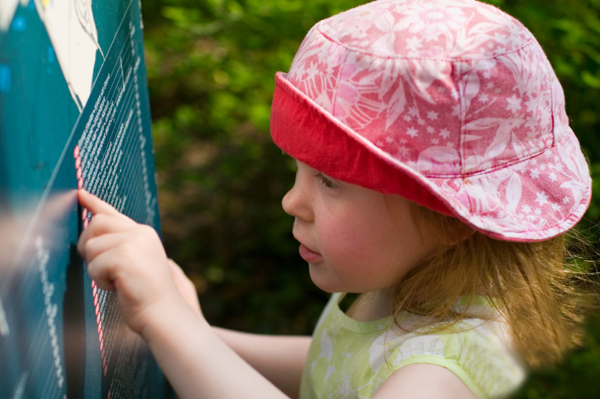 Generally, when I talk about reading, I’m talking about children and the importance of each child developing strong reading skills, which includes an adequate fluency rate. So, when I saw a few articles about a relatively new movement called Slow Reading, I had to see what it’s all about.
Generally, when I talk about reading, I’m talking about children and the importance of each child developing strong reading skills, which includes an adequate fluency rate. So, when I saw a few articles about a relatively new movement called Slow Reading, I had to see what it’s all about.The Pew Research Center surveyed Americans age 18 and older, and discovered that 1 in 4 have not read even one book in the past year. We talk about how important it is for children to read 20-30 minutes every day, yet we, perhaps, forget that it’s important for us as well. But exactly what DO adults gain from a regular reading habit?
- Enriched vocabulary
- Slowed memory loss in later years
- Deepened empathy from reading about people who are unlike you or in circumstances that are different than yours
- Increased concentration
- Enhanced comprehension
- Reduced stress
- And, if for no other reason…it can bring you pleasure
Since time is often a premium for adults, here are some tips to help encourage you to set aside that time for yourself; kind of like setting aside time to exercise.
- Go out somewhere to avoid distractions—local coffee shop, library, park, book store, etc. If necessary, set a regular time to meet with a group of friends to read.
- Turn off your phone.
- Select a printed book rather than an e-book so you will see it lying around and be reminded that you need to read it.
- Give yourself at least 30-45 minutes of uninterrupted reading time so that you can really immerse yourself in the book. Hence, the term, Slow Reading.
So, set aside some regular time for reading. It’s good for you!
Misty




